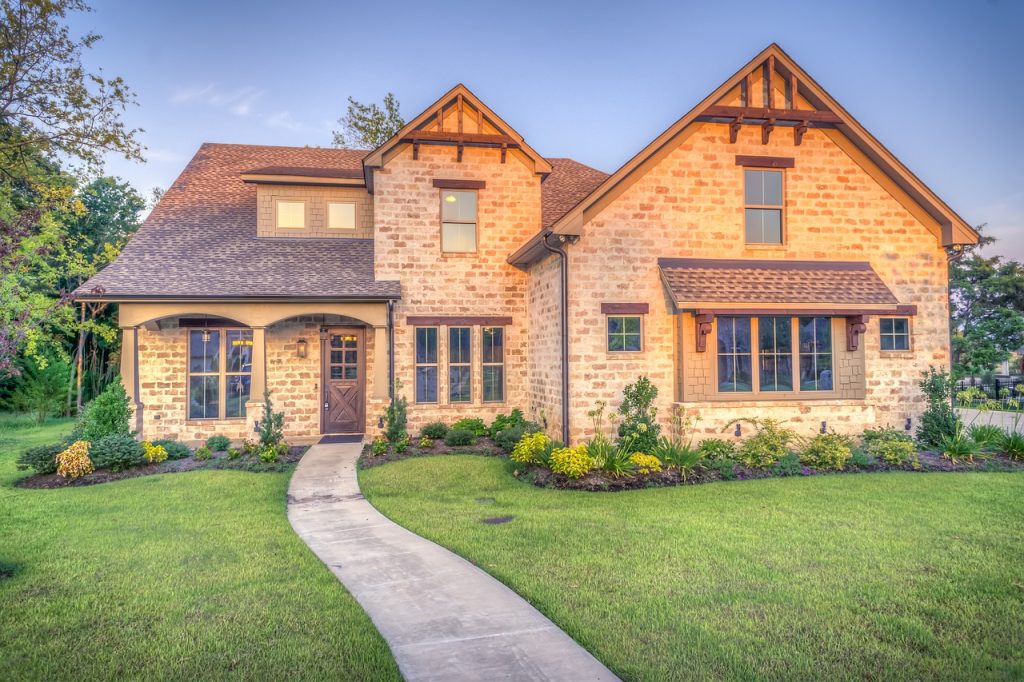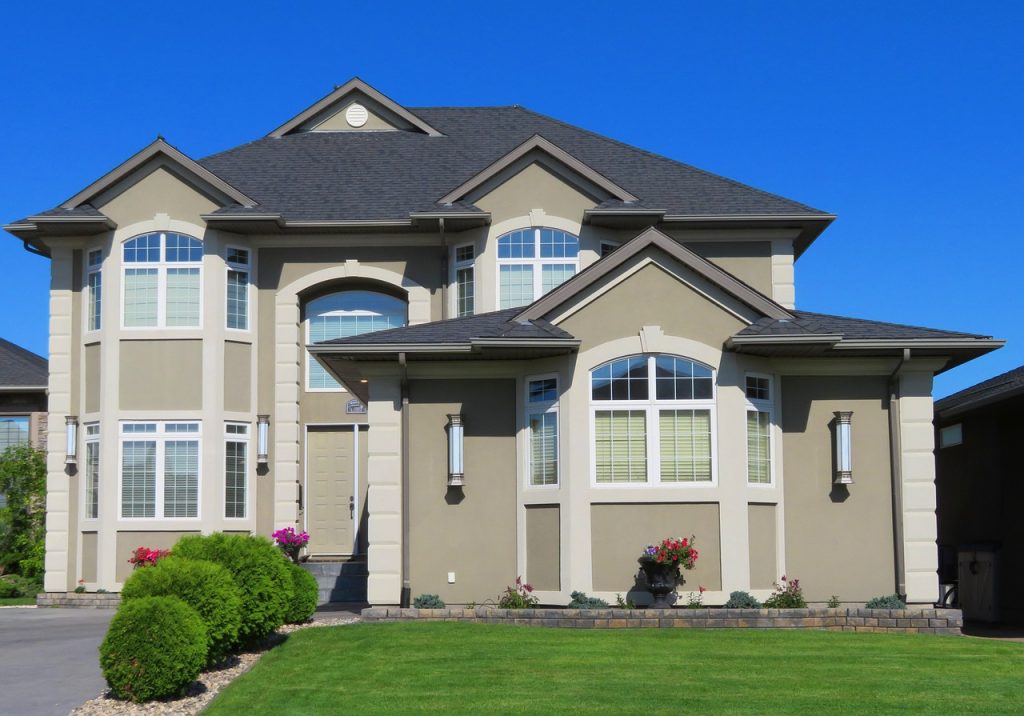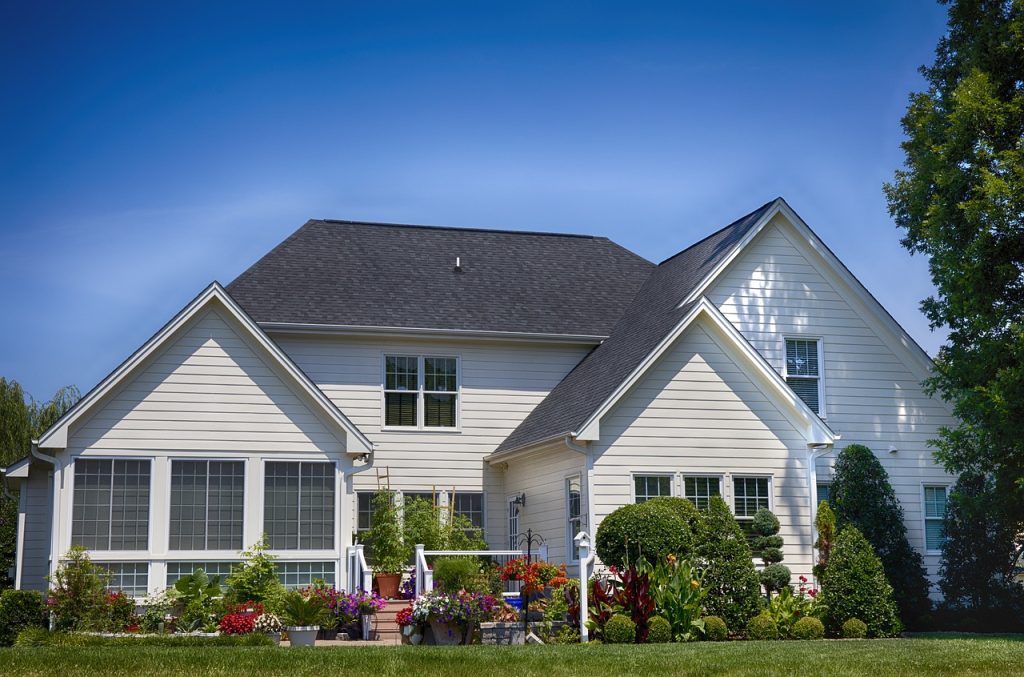Why is brick the best exterior for your home?
Brick is often considered a popular and durable choice for home exteriors due to several advantages it offers. However, whether it’s the “best” choice depends on various factors, including personal preferences, architectural style, climate, and budget. Here are some reasons why brick is commonly chosen as an exterior material:
- Durability: Brick is highly durable and can last for decades or even centuries without significant maintenance. It can withstand various weather conditions, including rain, wind, and extreme temperatures.
- Low Maintenance: Brick requires minimal maintenance compared to other exterior materials like wood or stucco. It doesn’t need painting or regular treatments, which can save time and money in the long run.
- Fire Resistance: Brick is fire-resistant, which can add an extra layer of safety to your home. It doesn’t burn or contribute to the spread of fires, making it a preferred choice in areas prone to wildfires.
- Energy Efficiency: Brick has natural thermal mass properties, which means it can help regulate indoor temperatures by absorbing and releasing heat slowly. This can contribute to energy efficiency and lower heating and cooling costs.
- Aesthetics: Many people find the look of brick to be timeless and elegant. It adds a classic and sophisticated appearance to a home’s exterior and can work well with various architectural styles.
- Sound Insulation: Brick provides good sound insulation, helping to reduce external noise and create a quieter indoor environment.
- Resale Value: Homes with brick exteriors often have higher resale values due to the perceived quality, durability, and aesthetic appeal of the material.
- Sustainability: Brick is a natural material made from clay and shale, which are abundant resources. It is also recyclable and can be repurposed if a building is demolished.
However, there are also some considerations and potential drawbacks:
- Cost: Building with brick can be more expensive upfront compared to other materials like vinyl siding or wood. The cost includes both material and labor expenses.
- Installation Time: Brick construction can take longer than other methods due to the time required for bricklaying and mortar curing.
- Weight: Brick is heavy, which can necessitate a strong foundation and structural support. This can add to the overall construction costs.
- Limited Design Flexibility: While brick offers various colors and styles, it may not provide the same level of design flexibility as other materials like wood or modern cladding systems.
Ultimately, the choice of exterior material should be based on a careful evaluation of your specific needs, preferences, budget, and the local climate. It’s a good idea to consult with architects, builders, and designers to determine the most suitable material for your home’s exterior based on your individual circumstances.
Now for another question – Is Brick better than Stucco?
Whether brick is better than stucco for your home’s exterior depends on various factors, including your preferences, budget, climate, maintenance considerations, and architectural style. Both brick and stucco have their own advantages and disadvantages. Here’s a comparison to help you make an informed decision:
Advantages of Brick:
- Durability: Brick is highly durable and can withstand various weather conditions, including rain, wind, and extreme temperatures. It has a longer lifespan compared to some stucco finishes.
- Low Maintenance: Brick requires minimal maintenance, as it doesn’t need painting or regular treatments. It’s resistant to rot, pests, and fading.
- Fire Resistance: Brick is fire-resistant, providing an extra layer of safety to your home.
- Classic Aesthetics: Many people find the timeless and elegant look of brick appealing. It works well with various architectural styles and can add to a home’s resale value.
Advantages of Stucco:
- Versatility: Stucco offers design flexibility and can be applied to various architectural styles. It can be textured and colored in different ways, allowing for creative customization.
- Seamless Appearance: Stucco provides a smooth and seamless finish, which can give your home a modern and cohesive look.
- Insulation: Stucco can provide some level of insulation, helping to regulate indoor temperatures and potentially reducing energy costs.
- Installation Speed: Stucco can be applied relatively quickly, potentially reducing construction time compared to brick.
- Cost: Stucco can be more cost-effective upfront compared to brick, including both material and labor expenses.
Considerations:
- Climate: The climate of your region is a crucial factor. Brick performs well in most climates, while stucco might be more suitable for dry or mild climates. In areas prone to earthquakes or ground movement, stucco’s flexibility may offer advantages over brick.
- Maintenance: While both materials require minimal maintenance, stucco might need occasional repainting or refinishing to maintain its appearance.
- Budget: Brick can be more expensive upfront due to material and labor costs, whereas stucco can be a more budget-friendly option.
- Aesthetics: Consider the architectural style you want to achieve. Brick lends a traditional and classic look, while stucco can be adapted to modern or Mediterranean aesthetics.
In the end, there’s no one-size-fits-all answer to whether brick is better than stucco. It’s important to weigh the pros and cons of each material in relation to your specific needs and preferences. Consulting with architects, builders, or design professionals can provide valuable insights tailored to your situation and location.
Is wood siding a consideration for your home’s exterior?
Wood siding is a popular choice for home exteriors and offers its own set of advantages and considerations. Whether wood siding is a good option for your home depends on factors such as your preferences, budget, maintenance commitment, local climate, and the overall style you’re aiming for. Here are some pros and cons of wood siding:
Advantages of Wood Siding:
- Aesthetic Appeal: Wood siding provides a natural, warm, and inviting look that many people find attractive. It can lend a rustic, traditional, or even modern appearance to your home.
- Variety of Styles: Wood siding comes in various styles, including clapboard, shingles, shakes, and board-and-batten. This allows you to choose a style that complements your home’s architecture and your personal taste.
- Customization: Wood siding can be easily painted or stained in a wide range of colors, allowing for customization and creativity in achieving the desired look.
- Environmental Sustainability: Wood is a renewable resource if sourced responsibly. Using sustainably harvested wood can have a lower environmental impact compared to some other siding materials.
Considerations with Wood Siding:
- Maintenance: Wood siding requires regular maintenance to keep it looking its best. This includes painting or staining every few years and addressing any issues like rot, insect damage, or moisture infiltration.
- Durability: While wood can be durable, it’s susceptible to moisture-related problems such as rot, warping, and splitting. Proper installation and ongoing maintenance are essential to extend its lifespan.
- Insects and Pests: Wood siding can be a target for insects like termites and carpenter ants. Regular inspections and prompt treatment are important to prevent infestations.
- Cost: The initial cost of wood siding can vary depending on the type of wood used and the style of siding. Some types of wood, such as cedar or redwood, can be more expensive than others.
- Fire Risk: Wood siding is not as fire-resistant as some other materials like brick or fiber cement. In areas prone to wildfires, this can be a consideration.
- Installation Expertise: Proper installation is crucial for wood siding to perform well. Improper installation can lead to moisture-related issues and other problems over time.
- Climate: The climate of your region should be taken into account. In wet or humid climates, wood siding might require more maintenance to prevent moisture-related damage.
In summary, wood siding can be a good choice if you value its natural beauty, variety of styles, and customization options. However, it requires more maintenance and careful attention to prevent issues like rot and insect damage. If you’re considering wood siding, consulting with professionals and understanding the specific requirements of your climate and maintenance capabilities is essential to making an informed decision.
There are your choices with information. Thank you for visiting!



